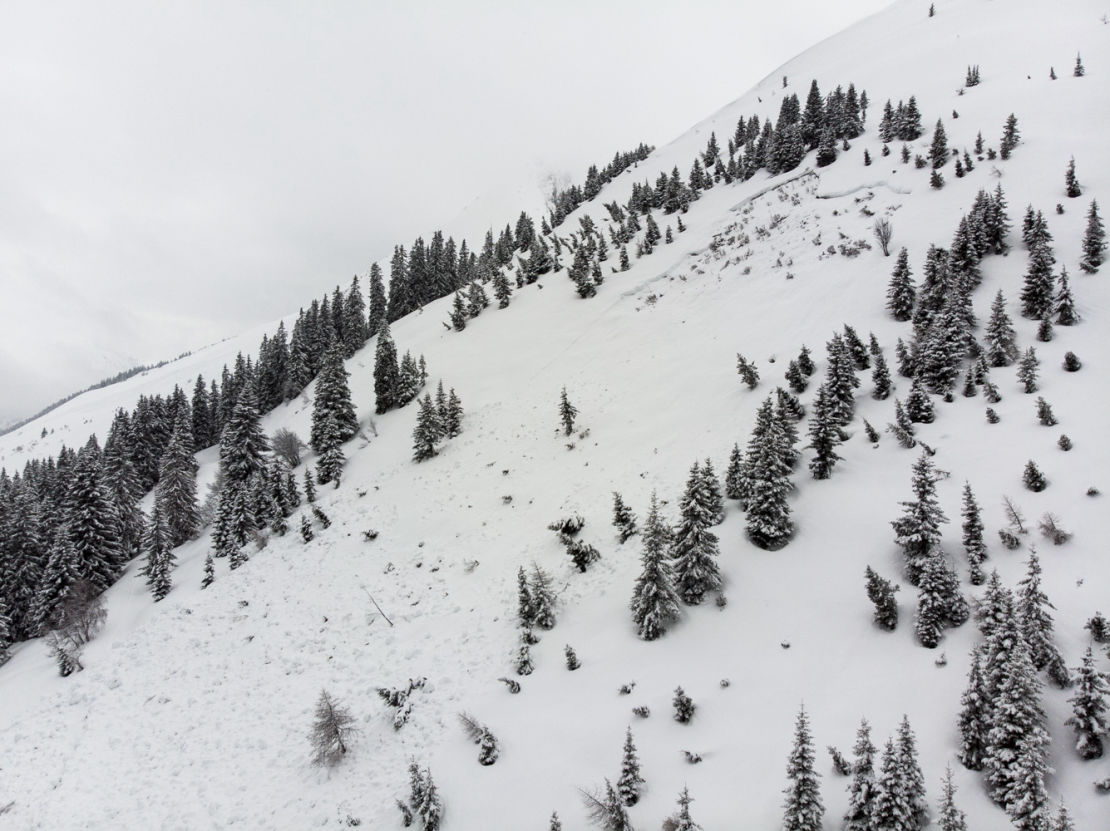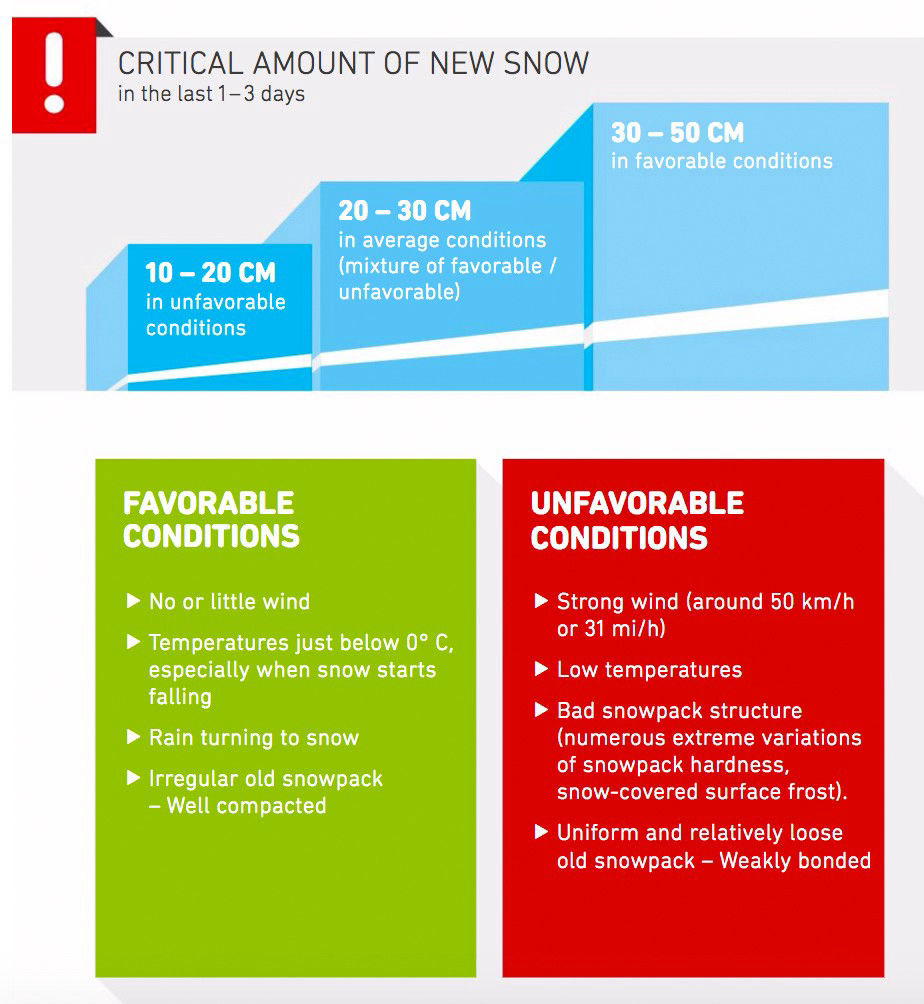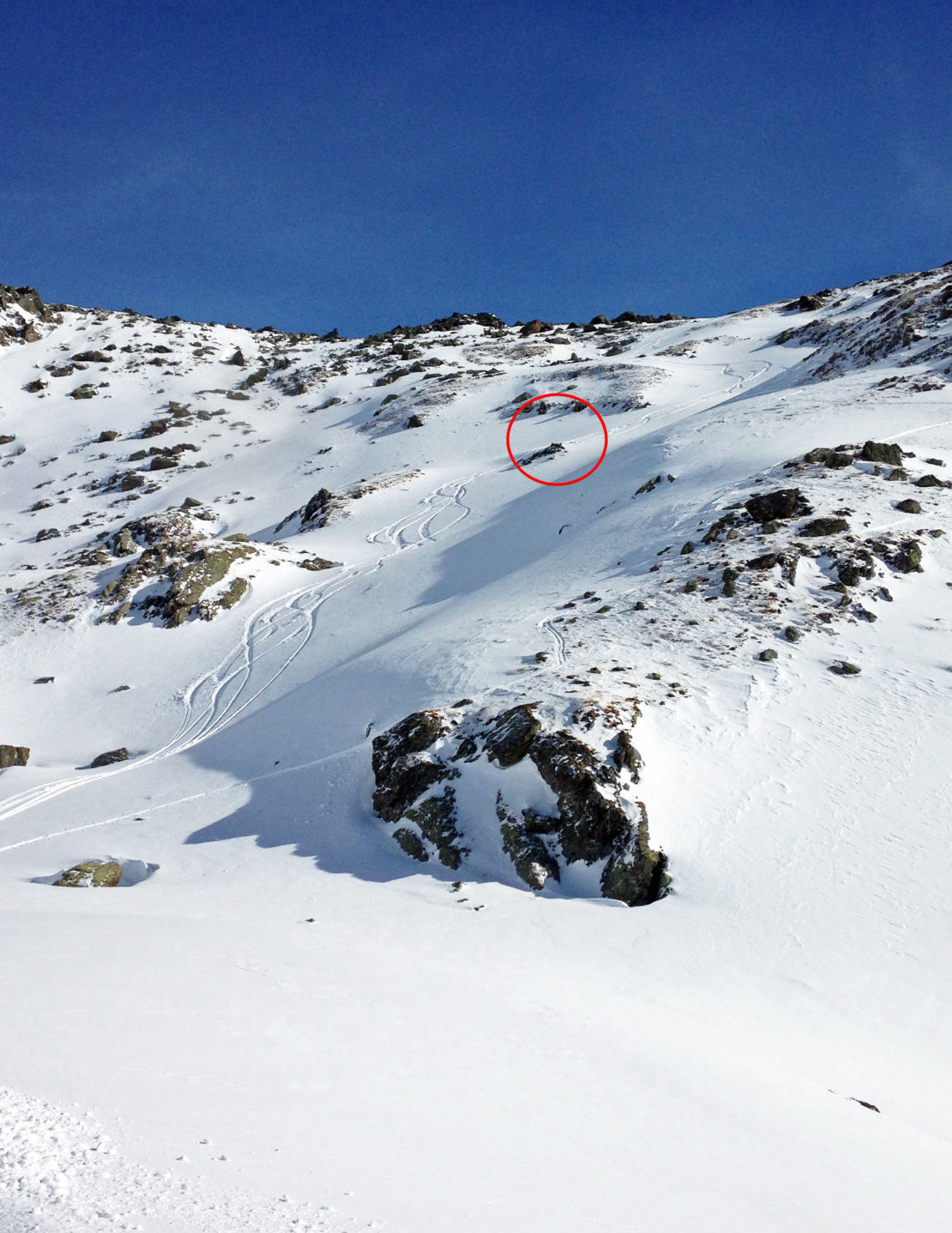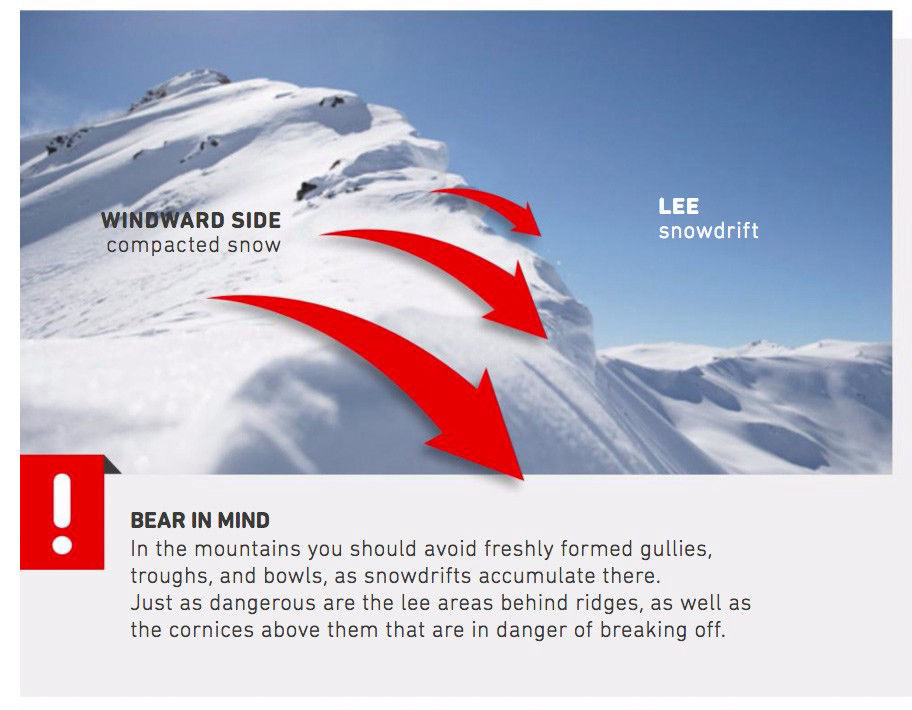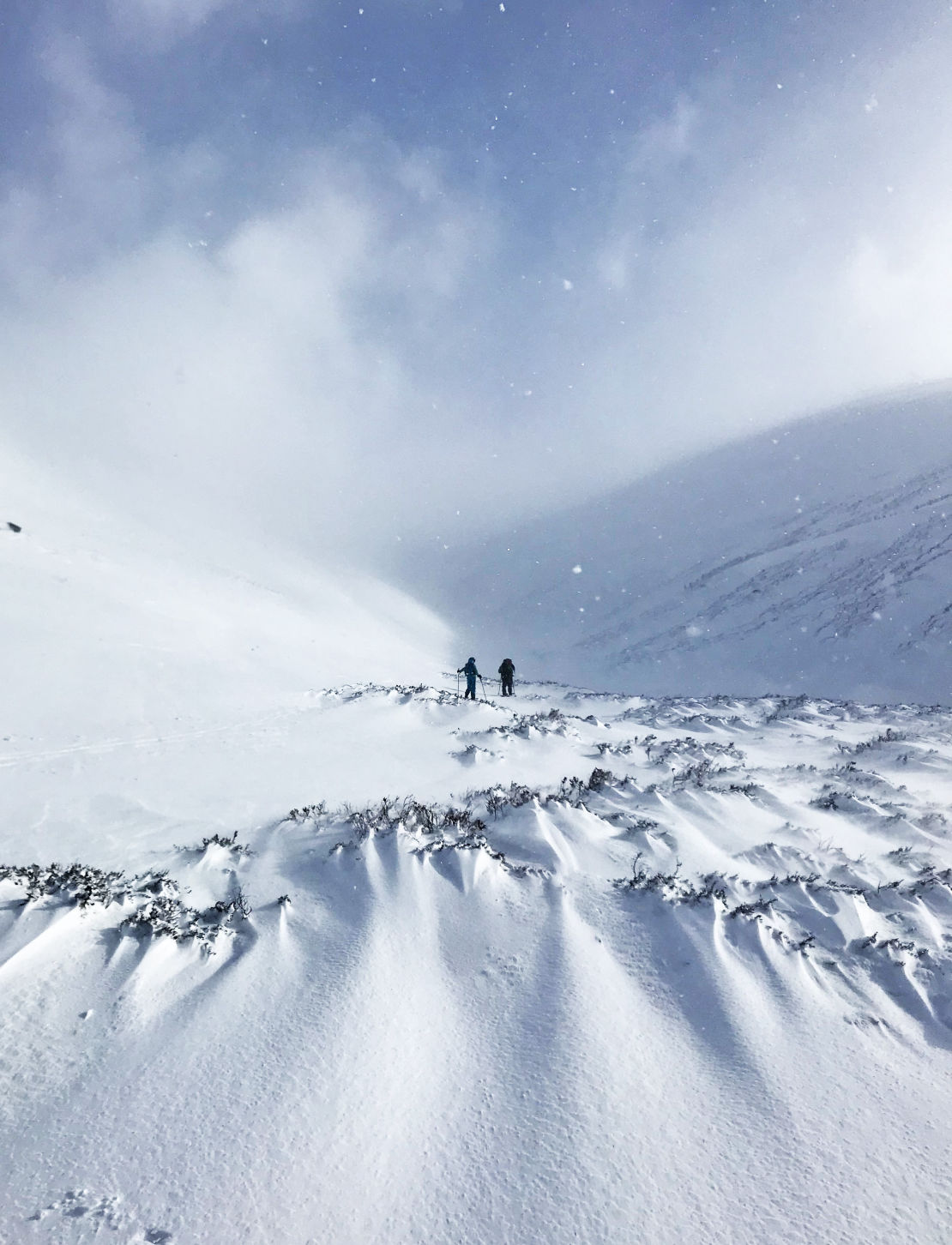
KNOW HOW TO SPOT THE DANGERS
Avalanche red flags and danger signs
A 2016 splitboard mission in Mayrhofen made me acutely aware of the dangers of off-piste riding. As we enjoyed some fresh lines in the sun 17 people were buried with 5 fatalities only a few miles away. We watched the constant stream of helicopters travelling above us as we made our way down the valley selecting the best pockets of snow for the most fun unaware of what was unfolding in the next valley.
